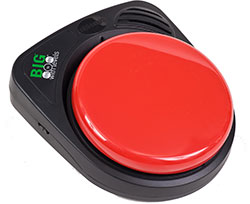Using assistive technology
Assistive technology for students with learning difficulties is defined as any device, piece of equipment or system that helps bypass, work around or compensate for an individual’s specific learning deficits. Assistive technology can help students reach their potential because it allows them to capitalize on their strengths and work around areas of difficulty.
The level of guidance and support necessary for each student in the classroom may vary greatly; the student may need anything from physical, verbal, or visual prompts to high-technology devices and services.
Assistive technology is only one aspect of a student’s life and needs to be used within the context of good practise. It alone cannot make a difference.

Assistive technology can:
- Minimise the amount of help a student requires
- Reinforce teaching and assist with developing skills in all areas of the curriculum
- Motivate the student
- Reduce the stress and frustration for the student
- Empower the student
How to use assistive technology:
- Assess the student to establish what their strengths and needs are
- Establish if assistive technology can work for them
- Work out a program where it would be used
- Determine how much the technology costs, how easy it is to use and its reliability
- Technology can be unreliable and this needs to be factored in
Links to locating Assistive Technology
The Assistive Augmentative Communication (AAC) products available “assist students to engage with others and connect with their world”
Provides information on types of switches available.
Provides information about switches and how much they cost.
Provides information and downloadable documents to support switch use including a switch progression road map, switch use away from the computer and making something happen.
